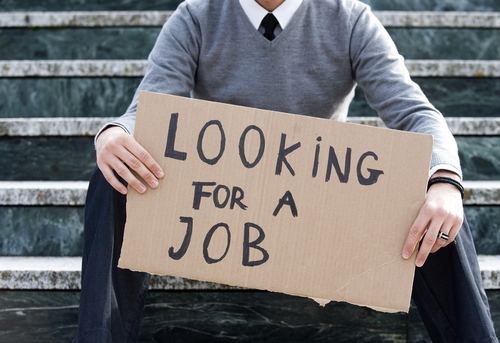Ever walked into a store for one thing and left with a cart full of items you didn’t even know you wanted? Or why, after a stressful day, do you feel the sudden urge to splurge on something? The truth is, that companies are appealing to our emotions and using subtle psychological tricks to get us to spend more than we intended.
Companies can do this in various ways. One of the most effective psychological tools is the allure of a sale. When you walk into a store or visit an online shop, you’re immediately presented with signs and banners showing new discounts – “50% off!” or “Buy one, get one free!”. In reality, most of the time, we don’t need what’s on sale, and what’s happening in our brains is more emotional than rational.
Behavioral economics explains this as a cognitive bias. We tend to overvalue something just because it’s on sale, tricking ourselves into believing we’re saving money when in truth, many of these deals are carefully designed to make us spend more, not less. At the same time a ‘fear of missing out’ kicks in, making us feel like if we don’t buy it now, we’ll lose out on a rare opportunity.
Another big reason we buy things we don’t need is because of an emerging concept – retail therapy. After a stressful day at school or work, buying something can feel like an instant mood booster. This is where companies play on our emotions. They know that when we’re feeling sad, anxious, or even bored, we’re more likely to make impulsive purchases. However, the emotional high from buying something new wears off quickly, and we’re left wondering why we bought something in the first place. Behavioral economics calls this “hedonic adaptation,” which means we quickly get used to new things and return to our previous emotional state. That new item may feel exciting at first, but in a few days or weeks, it’s just another thing we own, leaving us to seek out the next purchase for another boost.
Store layouts are another tactic used to trick buyers, as they are usually laid out in a way that maximizes the number of products you pass by on your way to get what you actually need. As a result, the more products you see, the higher the chances you’ll make an impulse buy. Another tactic is something called “anchoring.” This happens when you see a product that’s overly expensive right next to a cheaper (but still overpriced) item. By showing you the high-priced option first, the store makes the second item look like a good deal in comparison.
Why do these tactics work so well? One reason is that we’re emotional beings. In economics, there is the common assumption that we make rational decisions, however, behavioral economics shows that our decisions are often driven more by how we feel in the moment than by careful reasoning.
To avoid falling into these traps, the key is awareness. By understanding the psychology behind why we spend, we can recognize these tactics when they’re being used against us. Next time a sale tempts you or you feel the pull of retail therapy, pause for a moment. Ask yourself: Do I need this? Or am I just being influenced by clever marketing and emotional triggers?


